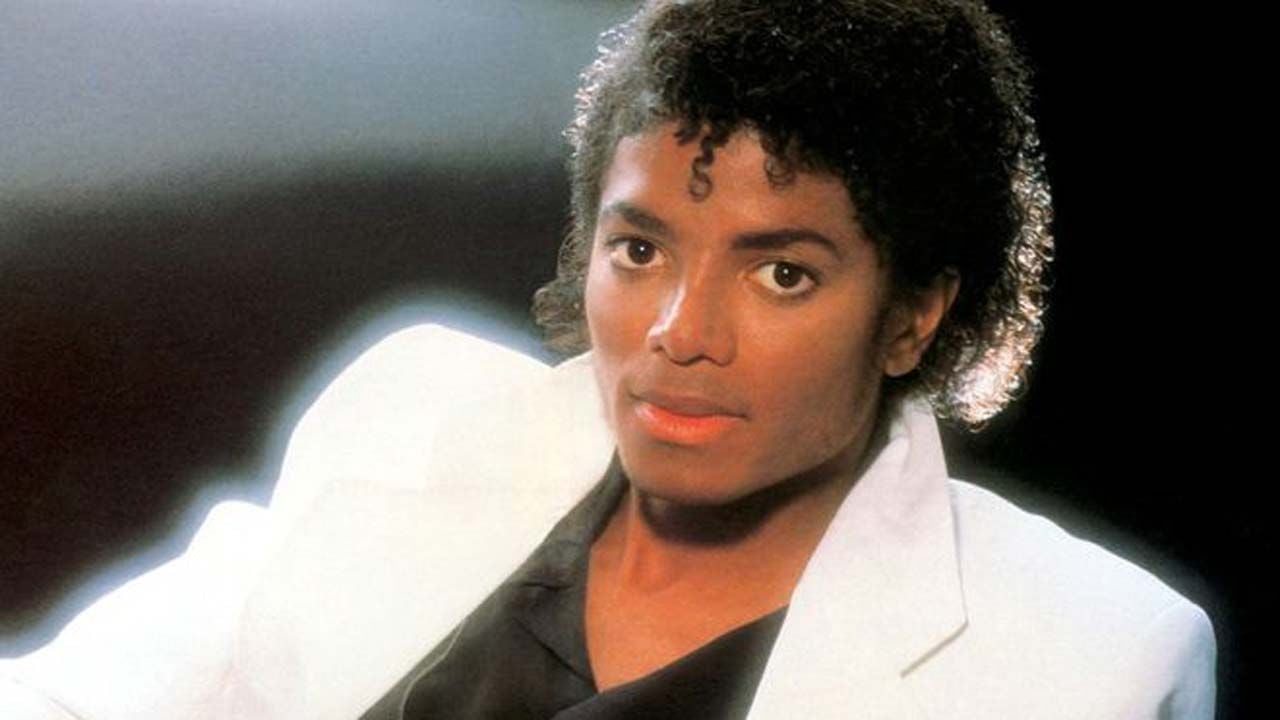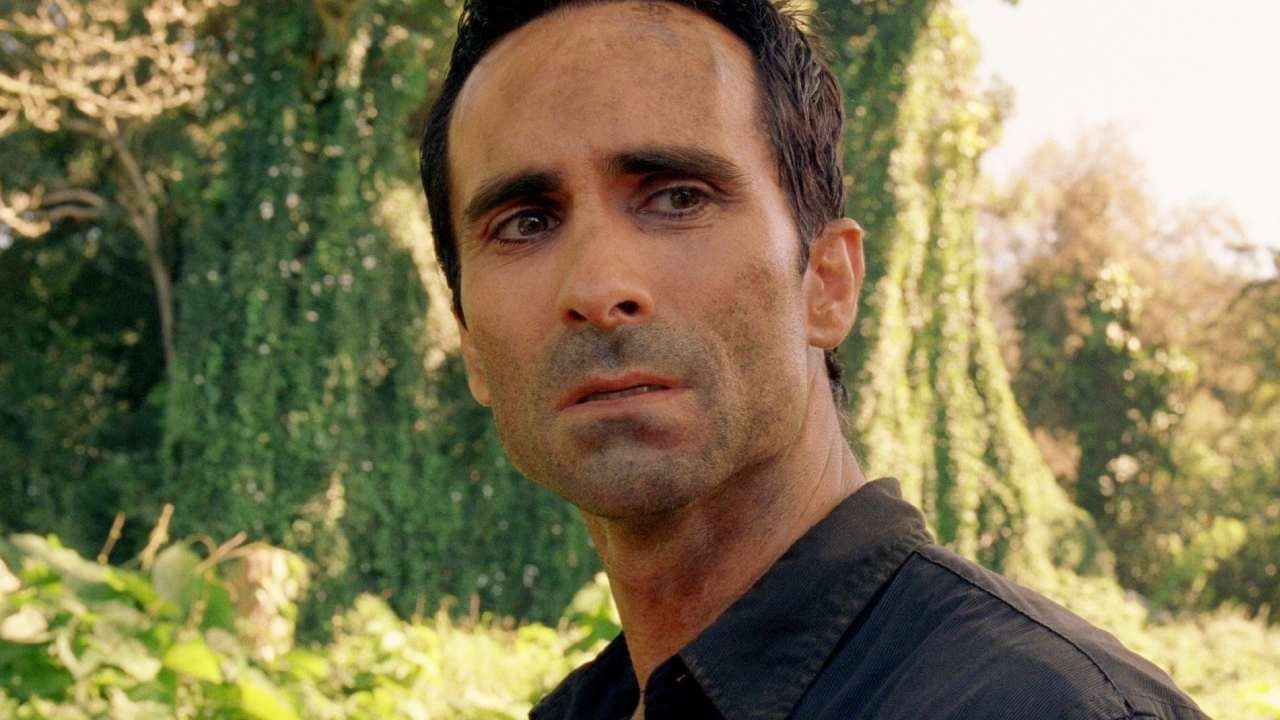Why do humans kill other humans? The matter looms over the staging of a modern Russian opera in Munich. From Napoleon to the present invasion of Ukraine, music and theater merge in an anti-war manifesto: a staging based on the present invasion of Ukraine, of an opera written during World War II, with a libretto from an 1869 novel set in the Napoleonic Wars. Killing and Destroying: An Endless Human Disease?
“War again. Again the suffering that no one needs, absolutely meaningless. Again the betrayal, again the stupidity and narrow-mindedness of human beings.”
Lev Tolstoy wrote these words in 1904, in the article entitled Reflect!, regarding the war that had just broken out between his country and Japan. A former army officer, the patriarch of Russian literature had become an ardent pacifist. And it is precisely this quotation that the filmmakers have chosen as the guiding thread for their show at the Bayrische Staatsoper, in co-production with the Gran Teatre del Liceu in Barcelona.
The five-hour assembly at the Munich opera house has every reason to deserve the “mega” attribute, starting with its gigantic musical apparatus, under the direction of Vladimir Jurowski: supported by a large orchestra and choir, only vocal soloists reach 70 .
Composer Sergei Prokofiev (1891-1953) began work on War and Peace (Russian: Voyna i mir) in 1942, based on Tolstoy’s novel of the same name but prompted by Nazi Germany’s recently defeated invasion of the Soviet Union .
Staged Russian war in Ukraine
While the original plot deals with Russia’s defensive war against Napoleon Bonaparte’s troops in 1812, Russian theater director Dmitry Chernyakov took it as a pretext to stage the brutal Russian war of aggression currently taking place in Ukraine as a ‘Opera. An ideological balancing act that the filmmakers bravely execute, issuing a vehement call for peace and freedom.
The very date of the premiere in the Bavarian capital had a strong symbolic charge: March 5, precisely the day of death, both of Prokofiev and of the Soviet dictator Josef Stalin, in 1953.
Both Jurowski, the current general music director of the Bayrische Staatsoper, and the celebrated Chernyakov have established themselves over the past two decades as important representatives of Russian culture, keeping a healthy distance from the Kremlin’s gears of power.
As always happens in large theaters, War and Peace was prepared well in advance. However, the invasion of Ukraine by Russian troops on February 24, 2022 – on the orders of President Vladimir Putin and under the cynical pretext of a “special military operation” to “denazify and demilitarize” the neighboring country – brought the project on the verge of bankruptcy, and its managers, on the verge of despair.
Nonetheless, the entire team chose to face the challenge – financial, logistical, political -, moved by a sense of responsibility and commitment to art as a relevant form of positioning in society, even – and above all – in times of armed conflict .
War and the world?
The four-volume novel by Leo Tolstoy (1828-1910) is a key work of not only Russian, but world literature. The title could also be translated as War and World, because while voyna (война) means “war” unequivocally, mir (мир) has a double meaning. And, judging by the sources of the time, the author would certainly have preferred this second version.
In his epic work, he analyzes the nature of violence, embodied by the French army that invaded Russia in 1812. Violence destroys the peaceful world, causes human suffering: violence does not transform the world, it is the very timely anti-war message of Tolstoy.
For his part, Sergei Prokofiev began work on the opera under the impression of Adolf Hitler’s soldiers’ offensive against the Soviet Union in 1941. Although during the elaboration of the libretto, he collaborated with his second wife , Mira Mendelson, the composer had to condense the novel of Homeric proportions, into a sort of Reader’s Digest Selections, its central idea is also that of a peaceful world, which is confronted with the brutal and one-dimensional reality of war.
Prokofiev had also experienced other forms of violence. When, in the 1930s, despite a successful career in the West, he returned to the USSR hoping to become the “number one” musician in the country, he found himself totally surrendered to the arbitrariness of the Stalinist regime.
Like all modernist artistic trends, their music was too “decadent” and “bourgeois” for the taste of Soviet culture officials. In practice, this resulted in a ban on performing his works in public; at first tacitly and, since the 1948 Congress of Soviet Composers, officially. Despite years of rewriting and editing War and Peace, he never saw the final, complete version performed.
As if the conflict came to Moscow
For the Munich production, Jurowski and Chernyakov recruited representatives of the singing elite, both from Ukraine, Russia, Latvia, Lithuania, Uzbekistan, Belarus and Armenia, as well as from the Western sphere.
Andrei Zhilikhovsky, from Moldova, and Olga Kulchynska from Ukraine suit the roles of the leading love duo, Prince Andrei Zhilihovsky and Natasha Rostova, one of Russian literature’s favorite female characters. According to operatic sources, Kulchynska faced hostility from some radical compatriots for participating in a supposedly “Russian” production.
However, that didn’t make her give up on the project. Not least because the flag of Ukraine currently hoisted atop the opera house in southern Germany leaves no doubt what sympathies they have in the context of the ongoing war in Eastern Europe.
In his scenic conception, Dmitry Chernyakov has taken a radical route, bringing the conflict to a place where, even today, many consider it distant: the heart of Moscow. All the action – both the peaceful episodes of the first part of the work and the brutal battle and murder scenes of the second – take place in the Hall of Columns of the House of Unions.
This iconic venue in the heart of the capital, known to virtually every Russian, was where receptions were held for the coronation of the Tsars and, later, the funerals of Soviet statesmen, from Vladimir Lenin and Stalin to Mikhail Gorbachev.
Chernyakov’s heroes and anti-heroes find themselves confined to this place synonymous with Russian history, like today’s war refugees, cut off from the outside world. War turns out to be a kind of cruel role-playing game without rules, which drags the characters into a maelstrom of mad brutality.
Precisely and powerfully, Jurowski – who had long sought to direct War and Peace as “a central work in the 20th-century operatic repertoire” – holds the enormous musical forces together. The version presented now in Munich is also due to him; cutting, for example, the patriotic mass scenes inserted at one point by Prokofiev to curry favor with the censors.
“Why do humans kill other humans?” is the central question of Tolstoy’s epic, which hangs in the air. There is no answer. But what remains is a hatred of war that grows with every beat of the masterful soundtrack.
Source: Terra
Rose James is a Gossipify movie and series reviewer known for her in-depth analysis and unique perspective on the latest releases. With a background in film studies, she provides engaging and informative reviews, and keeps readers up to date with industry trends and emerging talents.






